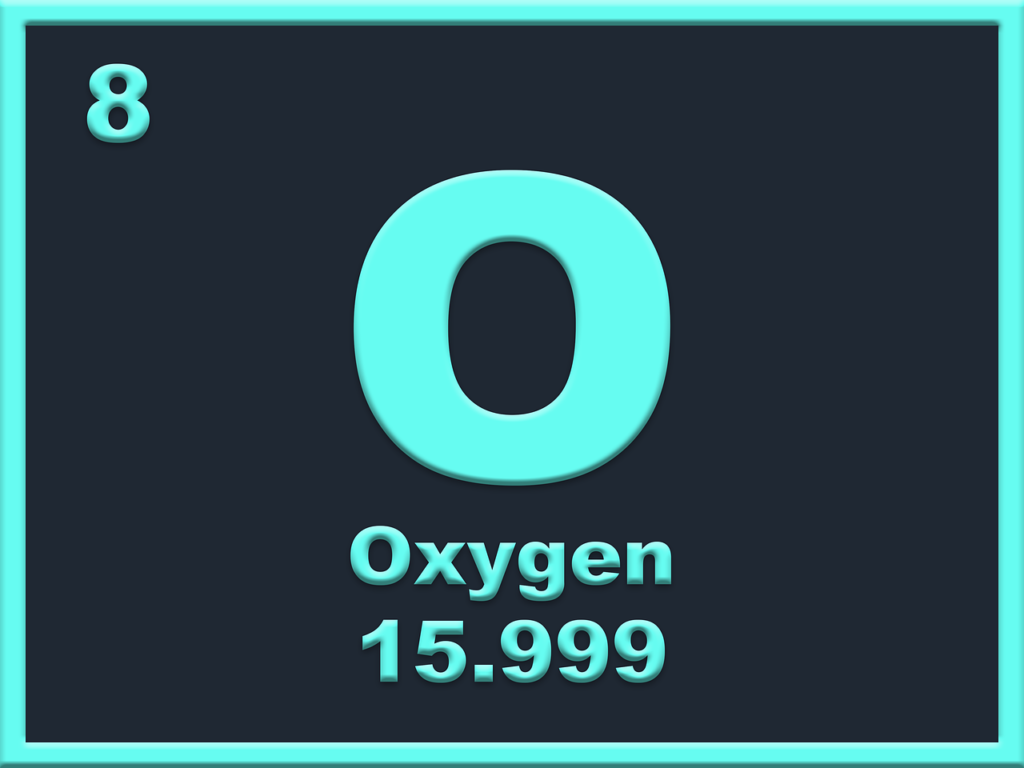Oxygen is a highly reactive element that plays a crucial role in the chemistry of life. It is a member of the chalcogen group on the periodic table, and it is a nonmetal with an atomic number of 8. Oxygen is the third-most abundant element in the universe, after hydrogen and helium, and it is the most abundant element by mass in the Earth’s crust.
One of the most important properties of oxygen is its electronegativity. Electronegativity is a measure of an atom’s ability to attract electrons towards itself in a chemical bond. The more electronegative an atom is, the more strongly it attracts electrons. Oxygen has an electronegativity of 3.5, which is higher than most other elements.
Carbon, on the other hand, has an electronegativity of 2.5, which is lower than oxygen. This means that oxygen is more electronegative than carbon, and it has a greater ability to attract electrons towards itself in a chemical bond. This is due to the fact that oxygen has more protons in its nucleus than carbon, which givs it a stronger positive charge and a greater ability to attract electrons.
When oxygen and carbon bond together, the oxygen atom pulls the shared pair of bonding electrons towards itself more strongly than the carbon atom. This creates a polar covalent bond, with oxygen carrying a partial negative charge and carbon carrying a partial positive charge. This polarity is what makes oxygen-carbon bonds important in many biological molecules, such as carbohydrates and lipids.
Oxygen is more electronegative than carbon due to its greater ability to attract electrons towards itself in a chemical bond. This property of oxygen is important in many biological molecules and has a significant impact on the chemistry of life. By understanding the properties of oxygen and other elements, we can gain a deeper understanding of the world around us and the chemistry that underlies it.
Why Is The Electronegativity Of Oxygen More Than Carbon?
Electronegativity is the measure of an atom’s ability to attract electrons towards itself. In the case of oxygen and carbon, oxygen has a higher electronegativity value than carbon. This is bcause oxygen has more protons in its nucleus than carbon, and therefore, it exerts a greater pull on the electrons in its outermost shell. Additionally, oxygen has two unpaired electrons in its outer shell, which also contribute to its high electronegativity. This is in contrast to carbon which has stable electronic configuration and it is difficult for it to gain four electrons. Therefore, the high electronegativity of oxygen is a result of the combined effect of its greater nuclear charge and the presence of unpaired electrons.

Does Carbon Or Oxygen Have A Higher Electronegativity?
Electronegativity is the measure of an element’s ability to attract electrons towards itself when it forms a chemical bond with another element. The electronegativity of an element depends on various factors such as its electron configuration, atomic size and the distance between the valence electrons and the nucleus.
Carbon and oxygen are both non-metallic elements that belong to the same period in the periodic table. However, oxygen has a higher electronegativity value of 3.5, whie carbon has a lower electronegativity value of 2.5. This implies that oxygen has a greater ability to attract electrons towards itself than carbon does.
The reason for this difference lies in their atomic structures. Oxygen has a smaller atomic size and a greater nuclear charge than carbon. This results in a stronger attraction between the oxygen nucleus and the electrons in its outermost shell, making it more electronegative than carbon.
Oxygen has a higher electronegativity value than carbon due to its smaller atomic size and greater nuclear charge.
Is Carbon More Electropositive Than Oxygen?
Carbon is not more electropositive than oxygen. In fact, oxygen is more electronegative than carbon, which means that it has a greater attraction for electrons in a covalent bond. This is because oxygen has a higher atomic number and a stronger nuclear charge than carbon, which allws it to attract electrons more strongly. As a result, when oxygen forms a covalent bond with another atom, it tends to pull the shared electrons closer to itself, creating a partial negative charge. In contrast, carbon has a weaker attraction for electrons and tends to have a partial positive charge in a covalent bond. Therefore, it can be concluded that oxygen is more electronegative and carbon is less electronegative.
Which Is More Negative Oxygen Or Carbon?
In terms of electronegativity, oxygen is more negative than carbon. This is due to the periodic trend in electronegativity, which indicates that electronegativity increases as we move from left to right along a row. As oxygen is located to the right of carbon in the periodic table, it has a higher electronegativity and can better bear a negative charge than carbon. Therefore, in chemical reactions, oxygen is more likely to attract electrons and form negative ions than carbon.

Conclusion
Oxygen is a highly electronegative element due to its ability to attract and hold onto electrons. Its electronegativity is greater than that of carbon, which makes it more capable of bearing a negative charge. Oxygen is essential for life and plays a crucial role in many chemical reactions, including respiration and combustion. Its high electronegativity also makes it a valuable element in the industrial and medical fields. oxygen’s electronegativity is a fundamental property that contributes to its importance and versatility in various applications.
